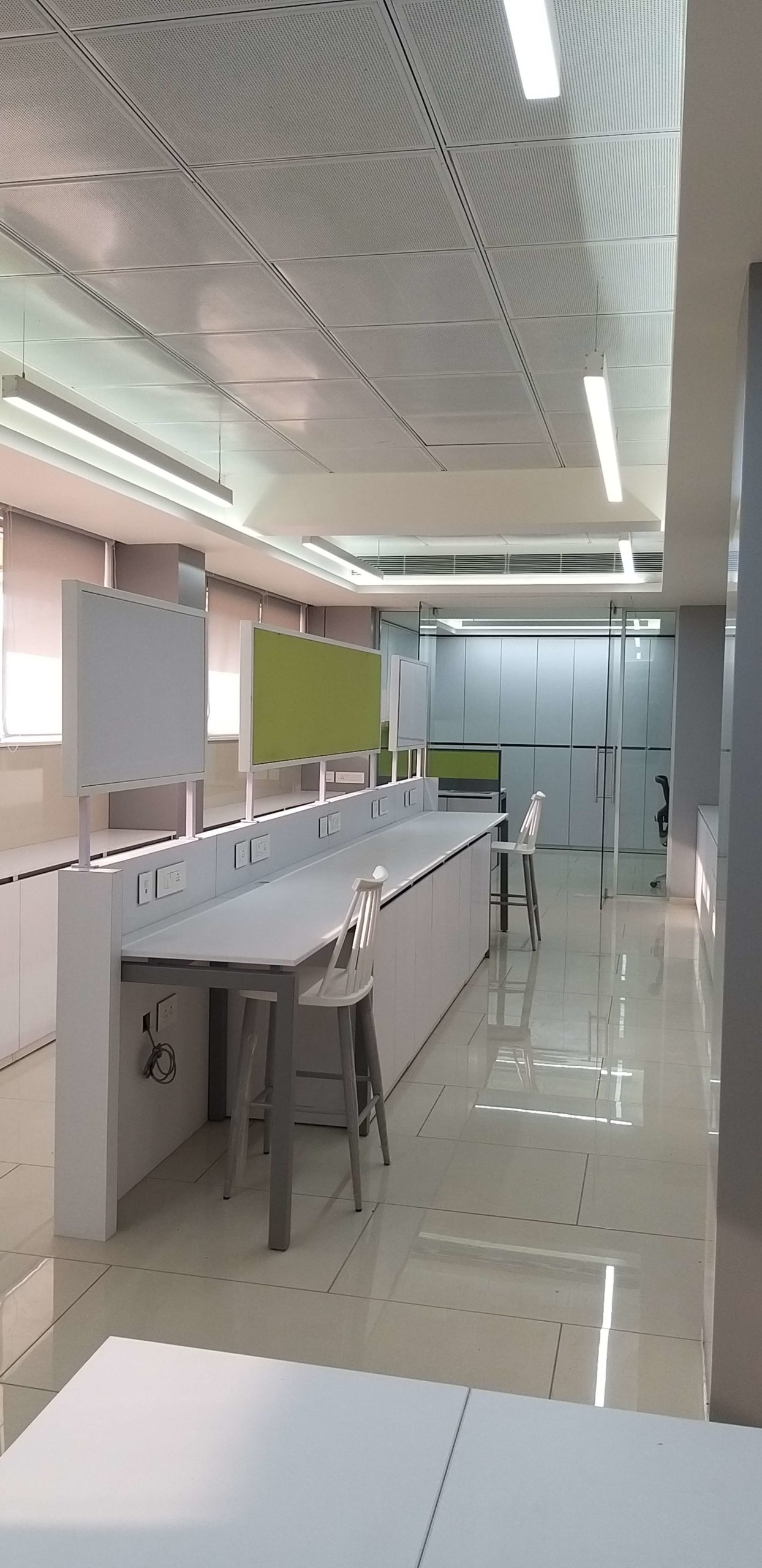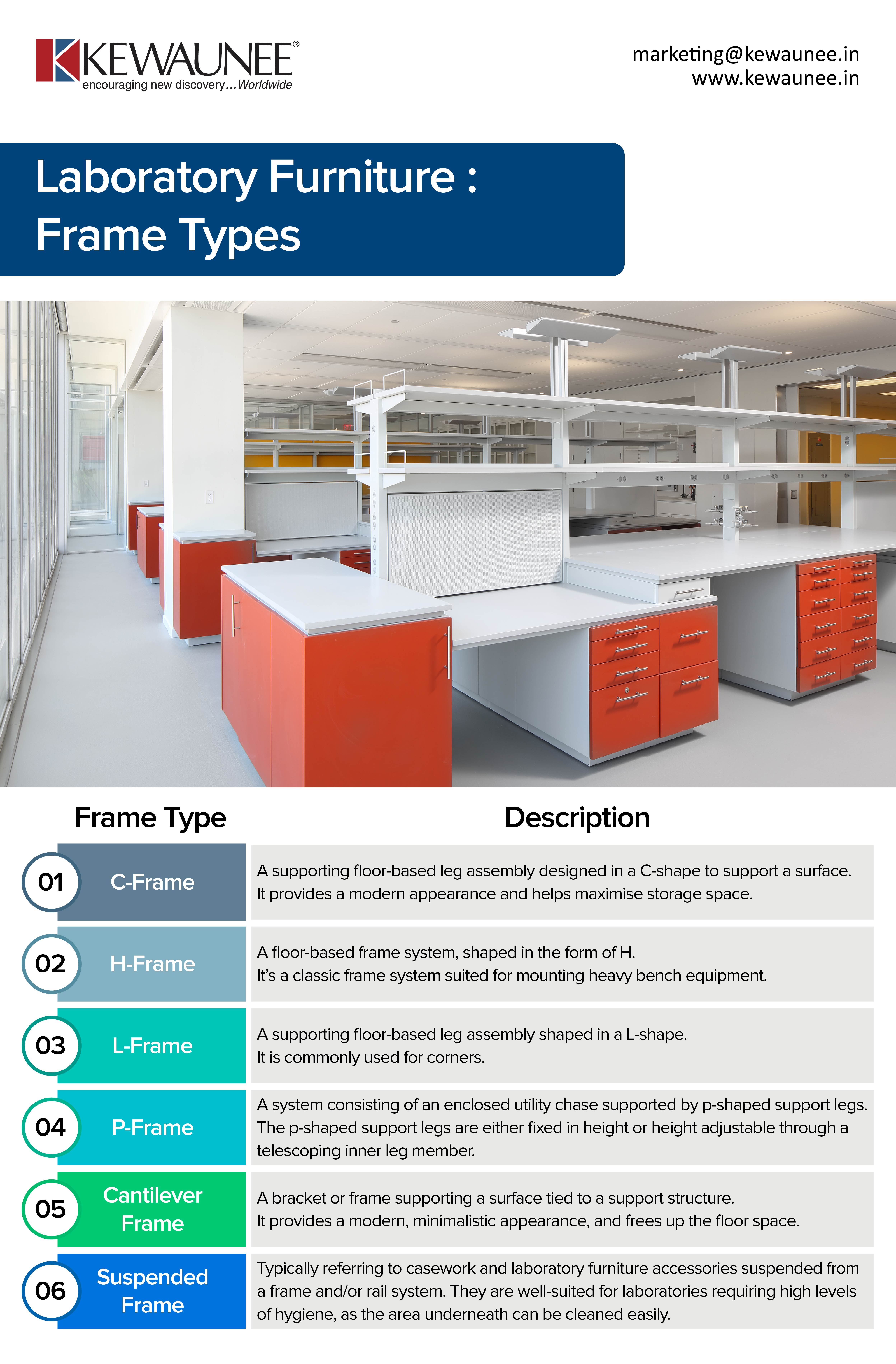Imagine walking into a room where every piece of furniture tells a story, where design meets functionality, and where your personal style shines through. That's the magic of furniture lab—an innovative concept that's changing how we think about interior design and home furnishings. Whether you're a design enthusiast or just someone looking to upgrade their living space, furniture lab offers something for everyone. So buckle up, because we're diving deep into the world of furniture labs and uncovering everything you need to know.
Let's be real, furnishing a home can feel overwhelming. There are so many choices, styles, and trends to consider. But what if there was a place where you could experiment, explore, and even create your dream furniture without breaking the bank? Enter furniture labs—spaces designed to inspire and empower you to take control of your home's aesthetic. It's like having your own personal playground for all things furniture-related.
In this guide, we'll break down everything from what furniture labs are, why they're becoming so popular, and how you can make the most out of them. Whether you're a DIY enthusiast or just someone who appreciates good design, this article has got you covered. So grab a cup of coffee, get comfy, and let's dive in!
- Gwen Stefani Leaked Nudes Debunking The Myth And Protecting Privacy
- Emilia Ortiz The Rising Star Shaping The Future Of Entertainment
Here's a quick roadmap of what we'll cover:
- What is Furniture Lab?
- Benefits of Using a Furniture Lab
- Types of Furniture Labs
- Design Tips for Your Furniture Lab Project
- Cost Considerations
- Sustainability in Furniture Labs
- Tools and Technologies Used in Furniture Labs
- Examples of Successful Furniture Lab Projects
- Emerging Trends in Furniture Labs
- Final Thoughts
What is Furniture Lab?
Alright, let's start with the basics. A furniture lab is essentially a creative space where you can design, prototype, and even build your own furniture. Think of it as a hybrid between a workshop, a showroom, and an innovation hub. These labs are equipped with state-of-the-art tools, materials, and sometimes even expert designers who can help bring your vision to life. It's not just about buying pre-made furniture; it's about creating something truly unique that reflects your personal style.
Now, furniture labs come in different shapes and sizes. Some are fully digital, where you use software to design your pieces, while others are physical spaces where you can get your hands dirty and work on actual wood or metal. The beauty of furniture labs lies in their flexibility and accessibility, making them perfect for both amateurs and professionals alike.
- Trinity Fanfix Leaked What You Need To Know And Why It Matters
- Sunday Gathering The Ultimate Guide To Building Stronger Connections
Why Are Furniture Labs Important?
Here's the deal: traditional furniture shopping can be limiting. You're often stuck choosing from what's available in stores, which might not always align with your vision or needs. Furniture labs, on the other hand, give you the freedom to customize every detail—from the dimensions and materials to the finishes and colors. Plus, they often emphasize sustainability, using eco-friendly materials and practices.
Benefits of Using a Furniture Lab
So, why should you consider using a furniture lab? Let me break it down for you:
- Customization: Tailor your furniture to fit your exact needs and preferences.
- Cost-Effective: Often, designing your own furniture can be cheaper than buying high-end pieces.
- Quality Control: You get to oversee the entire process, ensuring the final product meets your standards.
- Learning Opportunity: It's a great way to learn new skills, whether it's woodworking, 3D modeling, or digital design.
- Sustainability: Many furniture labs focus on using sustainable materials and reducing waste.
These benefits make furniture labs an attractive option for anyone looking to elevate their home's design without compromising on quality or budget.
Types of Furniture Labs
Not all furniture labs are created equal. Depending on your goals and resources, you might prefer one type over another. Here's a quick rundown:
Digital Furniture Labs
These labs rely heavily on technology, using software like AutoCAD, SketchUp, or Blender to design furniture. They're perfect for tech-savvy individuals who want to create detailed 3D models before building anything physical.
Physical Furniture Labs
If you're more of a hands-on person, physical furniture labs are the way to go. These spaces are equipped with tools like saws, drills, sanders, and sometimes even CNC machines. You can work directly with materials like wood, metal, and fabric to bring your designs to life.
Hybrid Furniture Labs
For those who want the best of both worlds, hybrid labs combine digital design with physical craftsmanship. You can start by designing your piece digitally, then move on to building it in a physical space. This approach offers the flexibility and precision of digital tools with the satisfaction of creating something tangible.
Design Tips for Your Furniture Lab Project
Now that you know what furniture labs are and the different types available, let's talk about some design tips to help you get started:
- Start with a Sketch: Before diving into digital tools or grabbing a saw, sketch out your ideas on paper. It's a quick and easy way to visualize your concept.
- Measure Twice, Cut Once: Precision is key, especially when working with physical materials. Always double-check your measurements to avoid costly mistakes.
- Choose the Right Materials: Different materials have different properties, so choose wisely based on your project's requirements.
- Keep It Simple: Sometimes less is more. Don't overcomplicate your design unless it serves a specific purpose.
- Test and Iterate: Don't be afraid to make mistakes. Every prototype is a learning opportunity, and you can always refine your design as you go.
Remember, design is all about creativity and problem-solving. Let your imagination run wild, but always keep functionality in mind.
Cost Considerations
Let's talk money. One of the biggest concerns people have when considering furniture labs is cost. While it's true that some labs can be pricey, there are ways to keep expenses under control:
- Research Prices: Compare prices across different labs and materials to find the best deals.
- Start Small: If you're new to furniture labs, start with a smaller project to get a feel for the process without spending too much.
- Use Discounts: Many labs offer discounts for first-time users or bulk orders, so don't hesitate to ask.
- DIY Where Possible: If you're skilled enough, consider doing some of the work yourself to save on labor costs.
At the end of the day, the cost of using a furniture lab will depend on the scope of your project, the materials you choose, and the lab's pricing structure. But with a little planning, you can create stunning furniture without breaking the bank.
Sustainability in Furniture Labs
In today's world, sustainability is more important than ever. Fortunately, many furniture labs are embracing eco-friendly practices:
- Recycled Materials: Some labs use reclaimed wood or recycled metal, reducing the need for new resources.
- Energy Efficiency: Labs are investing in energy-efficient tools and equipment to minimize their carbon footprint.
- Waste Reduction: By optimizing designs and processes, labs can significantly reduce waste.
By choosing a sustainable furniture lab, you're not only creating beautiful furniture but also contributing to a healthier planet.
Tools and Technologies Used in Furniture Labs
Technology plays a huge role in modern furniture labs. Here are some of the tools and technologies you might encounter:
3D Printing
3D printing allows you to create complex designs that would be difficult or impossible to achieve with traditional methods. It's especially useful for prototyping and creating small, intricate pieces.
CNC Machines
Computer Numerical Control (CNC) machines are used for precision cutting and shaping of materials like wood, metal, and plastic. They're a game-changer for creating complex designs quickly and accurately.
Virtual Reality
Some labs are even incorporating virtual reality (VR) to allow users to visualize their designs in a virtual space before building them. It's a futuristic approach that's gaining popularity.
Examples of Successful Furniture Lab Projects
Need some inspiration? Here are a few examples of successful furniture lab projects:
- Custom Modular Shelves: A designer created a set of modular shelves that could be easily reconfigured to fit different spaces.
- Eco-Friendly Dining Table: A lab used reclaimed wood to build a stunning dining table that was both functional and sustainable.
- Smart Storage Solutions: A tech-savvy individual combined furniture design with IoT technology to create smart storage solutions that could be controlled via an app.
These projects showcase the limitless possibilities of furniture labs and the creativity they inspire.
Emerging Trends in Furniture Labs
As technology continues to evolve, so do the trends in furniture labs. Here are a few trends to watch out for:
- Augmented Reality: AR is being used to visualize furniture in real-world spaces, helping users make more informed decisions.
- Smart Materials: Labs are experimenting with materials that can change color, texture, or even shape based on environmental conditions.
- Collaborative Spaces: More labs are becoming collaborative hubs where designers, makers, and enthusiasts can come together to share ideas and resources.
These trends are shaping the future of furniture design and making it more accessible and exciting than ever before.
Final Thoughts
There you have it—a comprehensive guide to furniture labs and everything they have to offer. From customization and cost-effectiveness to sustainability and cutting-edge technology, furniture labs are revolutionizing the way we approach interior design. Whether you're a seasoned designer or just starting out, there's something for everyone in the world of furniture labs.
So why not give it a try? Visit a local lab, experiment with some designs, and see where your creativity takes you. And don't forget to share your experiences in the comments below or check out some of our other articles for more design inspiration. Happy building!



Detail Author:
- Name : Dr. Karl Cormier
- Username : uanderson
- Email : rempel.allie@yahoo.com
- Birthdate : 2001-03-31
- Address : 8004 Klein Glen Apt. 553 Mohrland, MI 58461-1655
- Phone : +1-507-361-0838
- Company : Halvorson, Cartwright and Lueilwitz
- Job : New Accounts Clerk
- Bio : Culpa in et enim qui optio sequi dolor dolorum. Doloribus voluptas iure laboriosam sit. Consequuntur ut sunt expedita sunt voluptatem aut saepe.
Socials
linkedin:
- url : https://linkedin.com/in/eichmann2006
- username : eichmann2006
- bio : Animi quas animi qui et sint tenetur hic ut.
- followers : 4557
- following : 2998
tiktok:
- url : https://tiktok.com/@mireya7894
- username : mireya7894
- bio : In rem tenetur aut eaque quia possimus. Praesentium animi sed quasi illo.
- followers : 651
- following : 2950
instagram:
- url : https://instagram.com/mireya_eichmann
- username : mireya_eichmann
- bio : Adipisci quo delectus saepe magnam debitis et. Occaecati hic laboriosam ad qui ullam vero.
- followers : 6795
- following : 2389
twitter:
- url : https://twitter.com/meichmann
- username : meichmann
- bio : Soluta eum accusamus aut iure aperiam incidunt. Mollitia nam occaecati deserunt quidem et voluptas iure. Facere culpa quod sit sunt.
- followers : 964
- following : 1546
facebook:
- url : https://facebook.com/mireya7143
- username : mireya7143
- bio : Ut pariatur recusandae sint. Nihil voluptatem porro minima commodi ipsam.
- followers : 553
- following : 237